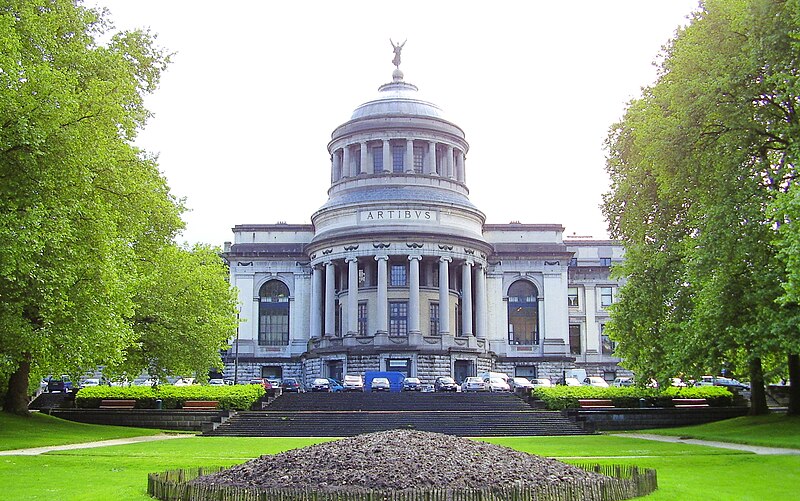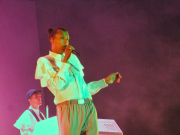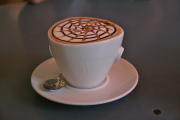
This October, the Art & History Museum located in Brussels' Cinquantenaire Park will unveil 12 newly renovated rooms, showcasing collections from the 18th century and
indigenous artworks from Central and South America. The renovations include a complete reorganization of the rooms and a fresh presentation of the works, with some pieces being displayed publicly for the first time.
"Visitors will now gain a modern perspective on life in 18th-century Europe and pre-Columbian America," the museum announced in a press release. "The previously boarded-up windows have been reopened, restoring the original architectural features and allowing natural light to flood the spaces once again."
The renovation of the three rooms dedicated to the 18th century aims to reflect the socio-economic transformations of the Enlightenment era. The redesigned exhibit explores key themes of the time, such as nature, the state, religion, philosophy, science, and technology.
In addition to providing a broader European context, the exhibition also highlights the specific historical and artistic developments in the Southern Low Countries and the Prince-Bishopric of Liège.
"Alongside renowned works, lesser-known pieces are on display, celebrating the contributions of various artists and craftsmen from these regions," the museum's management stated. The collection includes a variety of items, such as sculptures, ceramics, glassware, silver, jewelry, lace, and carpets.
Focus on Central and South America
In the nine rooms dedicated to the ancient cultures of Central and South America, the museum has maintained its geographical, cultural, and chronological framework as the foundation of the exhibition. The museum's collection is recognized as one of the most significant in Europe, and even globally, due to its extensive and comprehensive nature.
The Olmecs, Mayans, Aztecs, Incas, and other ethnic groups are well represented, alongside lesser-known cultures from regions like Costa Rica, Panama, the Caribbean, Colombia, Ecuador, and Chile, which are now explored in greater detail.
Tintin enthusiasts will be pleased to find the statuette that inspired Hergé's The Broken Ear, as well as a mummy that served as the model for the character Rascar Capac in The Seven Crystal Balls. Photo by Ben2~commonswiki, Wikimedia commons.



































